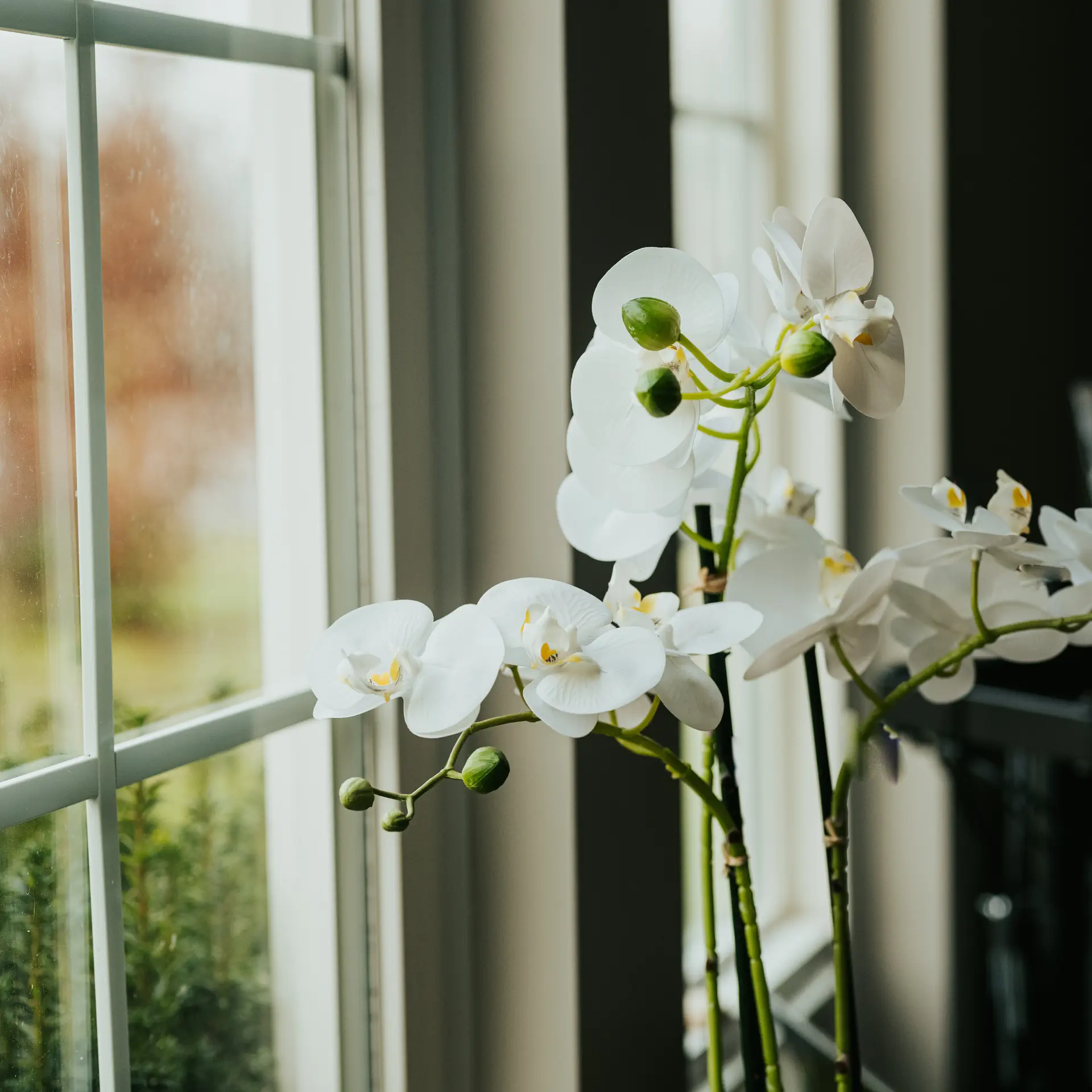Losing a loved one can be a difficult and traumatic experience, and the process of grieving can be long and challenging. It can be especially challenging to navigate the grieving process when your loved one is laid to rest in a cemetery. In this article, we will explore the process of grieving and how it continues for years after the burial.
The grieving process is a natural response to loss. It is a complex and often unpredictable journey that can involve a range of emotions, including shock, denial, anger, guilt, sadness, and eventually acceptance. Grieving is not linear and it can take months or even years for a person to come to terms with their loss.
When a loved one is buried in a cemetery, the grieving process can be even more difficult. Visiting the grave can be a painful reminder of the loss, and the physical separation can make it feel like the loved one is truly gone. However, many people find solace in visiting the cemetery and paying their respects to their loved one. It can be a way to connect with the person who has passed and to honor their memory.
One of the challenges of grieving after burial is that it can be difficult to know what to do with the physical reminders of the loved one. For example, you may have their clothing, photographs, or other belongings. Some people choose to keep these items, while others may donate or give them away. It is important to do what feels right for you and to take your time making these decisions.
It is also important to remember that grief is a personal and individual experience. No two people will grieve in the same way or at the same pace. It is important to be patient and compassionate with yourself during this time. There is no right or wrong way to grieve, and it is okay to seek support from friends, family, or a mental health professional.
Even after years have passed since the burial, the grieving process can continue. It is common to experience waves of grief, even years after the loss. For example, anniversaries, holidays, and other special occasions can bring up feelings of sadness and loss. It is important to acknowledge these feelings and to allow yourself to grieve in your own way.
In addition, the grieving process can be impacted by other life events, such as the loss of another loved one, a divorce, or a major life change. These events can trigger feelings of grief and loss from the past, and it is important to recognize and address these emotions.
One way to cope with ongoing grief after burial is to find ways to honor the memory of your loved one. This could be through volunteering for a cause they cared about, starting a memorial fund, or creating a scrapbook or other keepsake in their memory. You may also find comfort in talking about your loved one with others or participating in support groups for people who have experienced a similar loss.
It is important to remember that grief is a natural and necessary process. It allows us to process our emotions and come to terms with our loss. However, if you feel like your grief is interfering with your daily life or if you are struggling to cope, it may be helpful to seek support from a mental health professional.
In conclusion, the process of grieving after burial can be a long and challenging journey. It is important to be patient and compassionate with yourself during this time, and to seek support from friends, family, or a mental health professional if needed. Remember that grief is a natural process and it is okay to take the time you need to come to terms with your loss. Even years after the burial, the grieving process can continue, but finding ways to honor the memory of your loved one and seeking support can help you navigate this difficult journey.

Published: March 24, 2023